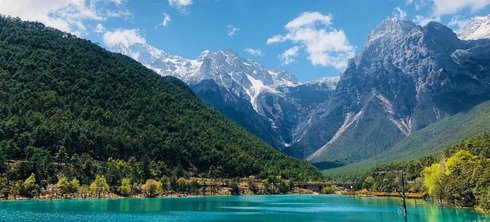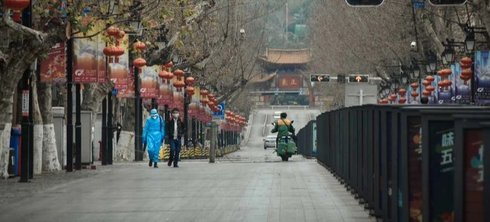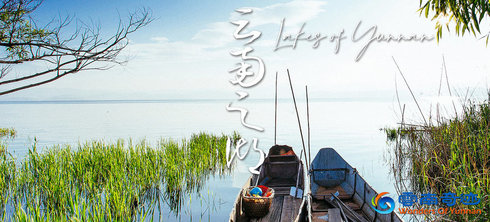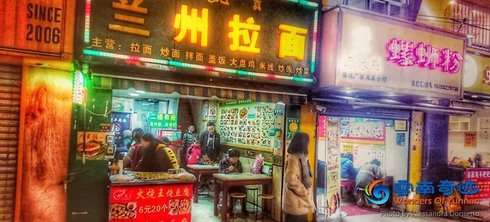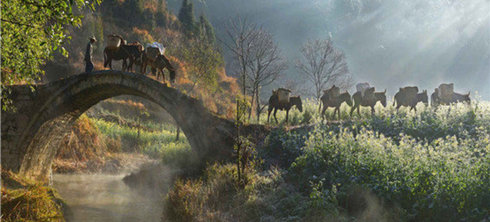The rest 2020 let's travel with Wonders of Yunnan
You are here
yunnan
This May 2020 the government announced that from now on, motorcyclists and electric scooter drivers need to wear a safety helmet when driving as a new national law regulation. This comes paired with a campaign for car drivers needing to wear seat belts when driving, including all passengers. This will be strictly enforced from 1st June, 2020.
You may know the origin of coffee, but you may not know that the first coffee tree in China was actually founded in Zhukula village (朱苦拉村), Binchuan County, Dali, Yunnan Province. At the beginning of the 20th century (1892), the French missionary Father Alfred Lietard preached in Dali Binchuan, and in order to be able to drink coffee, he planted coffee trees near the church in the village of Zhuhulla.
Yunnan has many beautiful sceneries and is famous for her mountains, ethnic minority tribes and perfect climate. But as the Chinese idiom “有山有水” (yǒu shān yǒu shuǐ) describes, the perfect sceneries “have mountains, have water”. Without curling rivers and tranquil lakes, Yunnan’s landscape would lose a lot of her charm. So let’s take a look at the lakes of Yunnan that add the “shuǐ” to Yunnan’s “shān”.
Many countries have given a negative travel advise for China now and many travellers are worried about the Coronavirus outbreak. We understand this and we follow this advise and expect the situtation to slowly get back to normal after February 2020. We are available for enquiries and questions!
As many have already heard, a new strain of Coronavirus has emerged in China. What is the situation in Yunnan and is it safe (and practical) to travel now?
Roujiamo is a traditional snack originating from the cuisine of Shaanxi province, which some locals claim to be the world’s oldest sandwich (or hamburger) since this bread dates back to the Qin dynasty (221–206 BC) and the meat to the Zhou dynasty (1045–256 BC).
The Ancient Tea Horse Road is an ancient trade route formed by the tea trade via horse from the tropical areas of southern Yunnan to the snow-covered plateaus of the Himalayas. It is not one road but consists of separated trails divided into the Qinghai-Tibet route, the Yunnan-Tibet route and the Sichuan-Tibet route.

